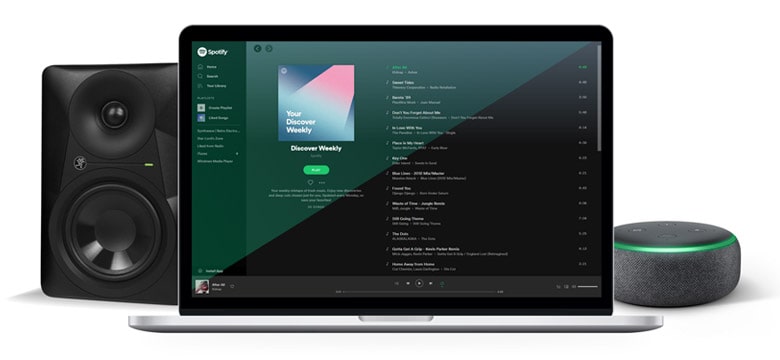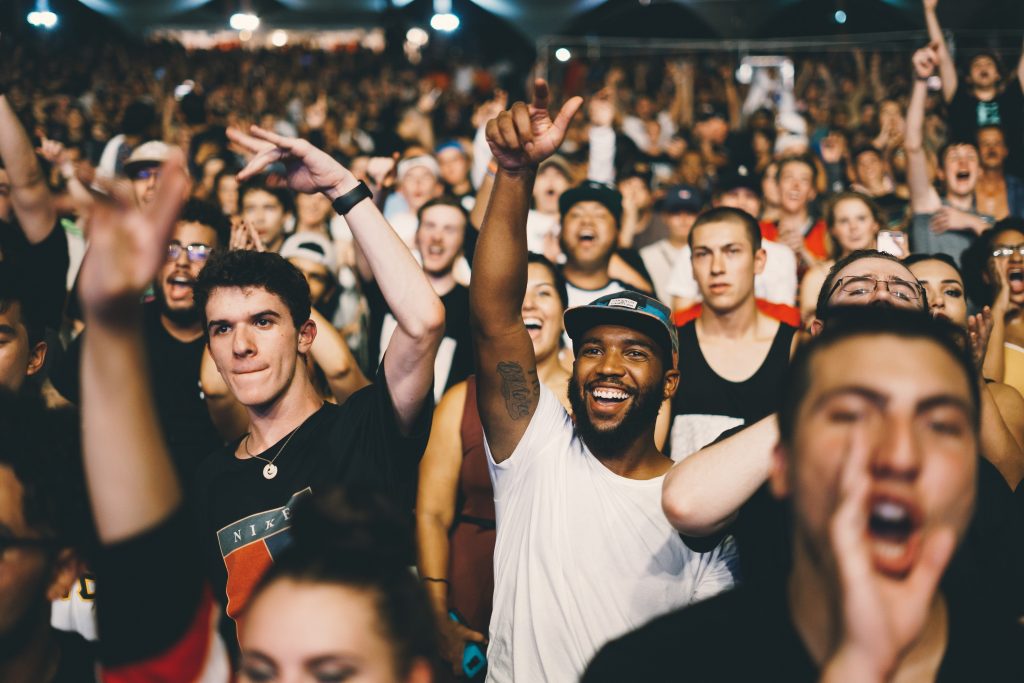
In the dynamic and ever-evolving world of music, understanding the intricacies of contracts, royalties, and revenue streams is essential for aspiring musicians and industry professionals alike. These elements form the backbone of the music business, shaping the financial landscape and determining the success of artists and their ventures. In this blog post, we will delve into the fascinating realm of the music business, exploring the key concepts behind contracts, royalties, and revenue streams. Drawing insights from authoritative sources such as “Run Your Music Business” by Audrey K. Chisholm Esq, “Indie Artist Guide” by The Industry Unveiled, and “Music Business Essentials” by Kevin Craig, we will shed light on the vital aspects that shape the modern music industry.
Contracts: The Foundation of Music Business
Contracts serve as the bedrock upon which the music industry operates, ensuring that all parties involved are protected and fairly compensated. Audrey K. Chisholm Esq, in her book “Run Your Music Business,” provides valuable guidance on the intricacies of contract negotiation, emphasizing the importance of understanding the terms and conditions. Whether it’s a recording contract, publishing agreement, or licensing deal, artists need to be well-versed in the legal language and clauses that govern their rights and obligations. By carefully reviewing contracts, artists can safeguard their creative output, ensure proper compensation, and avoid potential pitfalls.
Royalties: Unlocking Income Streams
Royalties are the lifeblood of musicians, enabling them to earn income from their creative works. “Indie Artist Guide” by The Industry Unveiled offers a comprehensive exploration of the various types of royalties, including mechanical royalties, performance royalties, and synchronization royalties. Mechanical royalties, for instance, are generated from the reproduction and distribution of music, such as sales of physical copies and digital downloads. On the other hand, performance royalties are earned when music is publicly performed, whether on the radio, in live venues, or through streaming services. Understanding the nuances of royalty collection and licensing agencies is crucial for artists to maximize their earnings and ensure they receive fair compensation for their artistry.
Revenue Streams: Diversifying the Music Business
In an era of digital music consumption, artists must explore diverse revenue streams beyond traditional album sales. “Music Business Essentials” by Kevin Craig provides valuable insights into the modern music landscape, highlighting the significance of exploring new avenues for generating income. Revenue streams such as streaming platforms, merchandise sales, sync licensing, and live performances all contribute to an artist’s financial success. The book emphasizes the importance of artist development and strategic marketing, enabling musicians to promote their work and build a dedicated fan base effectively. By diversifying revenue streams, artists can enhance their financial stability and create sustainable careers in the music industry.
Navigating Copyrights and Intellectual Property:
Understanding copyright laws and protecting intellectual property is paramount in the music industry. Both “Run Your Music Business” and “Music Business Essentials” provide in-depth coverage of copyright registration, infringement, and the protection of creative works. By registering their compositions and recordings, artists gain legal protection and can enforce their rights in case of unauthorized use or plagiarism. Additionally, knowledge of fair use, public domain, and licensing can empower artists to explore collaborations, sample existing works, and create new revenue opportunities.
Contracts, royalties, and revenue streams are the pillars that underpin the business of music. By comprehending the intricacies of contract negotiation, royalty collection, and diversifying revenue streams, artists can navigate the complex music industry landscape and build successful careers. Additionally, leveraging innovative platforms like Playlist Streams can help artists gain exposure, increase their streaming numbers, and reach a wider audience, ultimately boosting their chances of success in the competitive music market.














